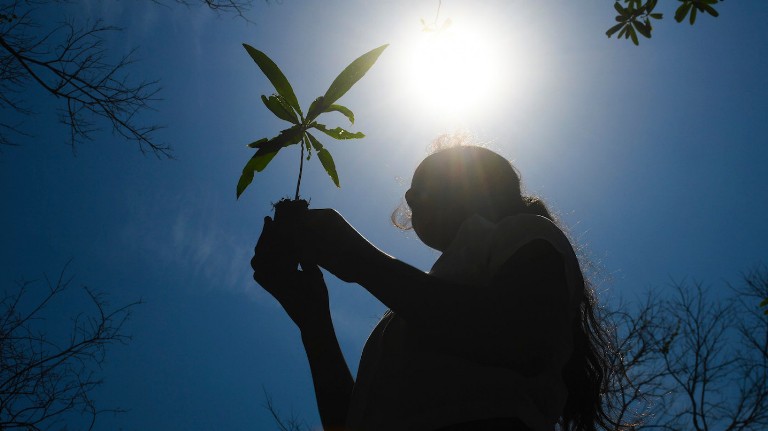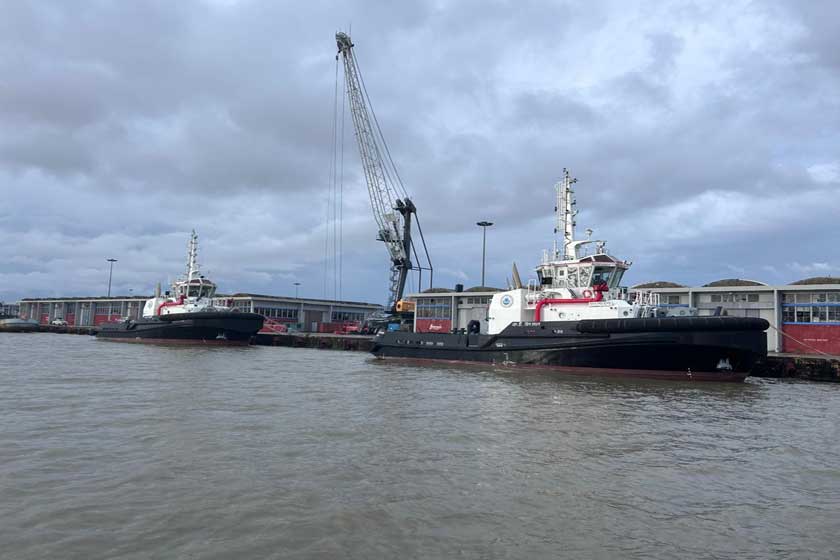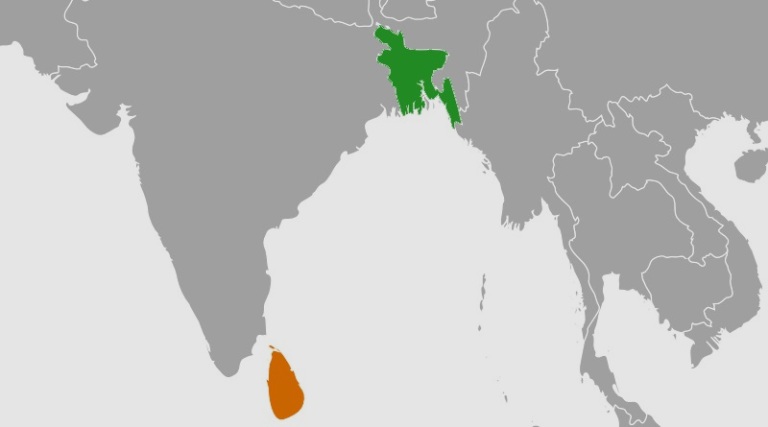
Such regulations in Europe and the United States will nudge investors toward low emissions projects. COURTESY
In May, a Dutch court ruled the British-Dutch energy giant Shell must increase its emissions reduction target to 45 percent by 2030. The ruling applies only to the company’s business in the Netherlands, and Shell intends to appeal. Regardless of the outcome though, it is clear companies are increasingly under pressure from the public and regulators to both disclose and improve environment, social, and governance (ESG) metrics.
Such regulations in Europe and the United States will nudge investors toward low emissions projects. All this capital has to be put somewhere, and Latin America and other emerging markets are well positioned to become big recipients of these increased climate-focused flows.
In April, the European Union released its sustainability classification system to help channel private capital to meet the objectives of the European Green Deal, a set of policy initiatives that aim to make Europe climate neutral in 2050. These rules include the technical criteria companies need to meet to win a green investment label in Europe. The rules could encourage of shift of hundreds of billions of dollars to “green” industries and companies.
In the United States, meanwhile, U.S. President Joe Biden’s administration is looking at how to strengthen corporate climate disclosures. On May 20, it issued an executive order on climate-related financial risk, with the ultimate goal of allowing the federal government and banking regulators to quantify and mitigate climate risks in the financial sector.
Besides government initiatives, there has also been a recent proliferation of ESG funds directing capital to climate and other green investments. Global sustainability investing surpassed $178 billion in the first quarter of 2021 (compared to $38 billion in the first quarter last year), with 90 percent from Europe and the United States, according to financial research firm Morningstar. An average of around 200 new ESG funds have entered the market in each of the past two quarters.
In short, there is a lot of money in the offing for climate-related investments. And much of it should go to developing countries where emissions are growing fast. (Emissions are already declining in the United States and European Union.) As International Energy Agency chief Fatih Birol warned at a conference in January, “when you look at clean energy investments in emerging countries, we need to multiply it almost by a factor of three.” At that time, he was pessimistic that such a goal would be met.
But now, the jump in investment is coming. Latin America is poised to be a major recipient of climate-related capital inflows in the next few years. The region arguably has the best opportunities in the world for carbon offsets in the Amazon rainforest, and funds from developed countries are already invested in reforestation schemes there. In 2019, for example, the California Air Resources Board endorsed the Tropical Forest Standard, which creates a framework for electric utilities, oil refineries, and other emissions-intensive producers to offset their own emissions by paying governments in tropical forest regions like the Amazon rainforest not to cut down trees.
Latin America also boasts booming renewable energy markets, which have been invigorated by clean energy auctions in many countries. The region has the highest share of renewables in its electricity mix of any in the world. There are also investment opportunities in breakthrough technologies like hydrogen. Chile’s president, for example, has said his country could become the world’s most efficient producer of so-called green hydrogen, and the country has more than 20 pilot projects planned. Investors are also eyeing critical minerals like lithium for the energy transition. And together, Argentina, Bolivia, and Chile hold more than 75 percent of the world’s reserves.
However, many investors remain reluctant to invest in Latin America because of the lack of clear climate policies and high political and regulatory risk. In Mexico, for example, a 2013 energy reform under then-Mexican President Enrique Peña Nieto opened the renewable energy sector to private investment. But since taking office in December 2018, Mexican President Andrés Manuel López Obrador took steps to dismantle the reform and favor the state utility Federal Electricity Commission over private companies. Among other things, he’s canceled clean energy auctions and proposed regulatory changes that would prioritize the use of state-run coal and natural gas plants over privately owned wind and solar projects.
Argentina, for its part, has frozen renewable energy auctions since its new president came into office at the end of 2019. Many projects had to be canceled as they were unable to access financing amid a nationwide financial crisis and government-imposed restrictions. Recent social upheaval in countries like Colombia and Chile further contributes to the perception of investment risk.
To counter these risks, Latin American governments need to send a clear message to investors that they will create a favorable policy and regulatory framework for climate investments. Targets to adopt specific clean technologies, such as electric vehicles, energy storage, or renewable energy sources, within a certain timeframe can boost long-term confidence. Governments can also publish schedules for clean technology auctions. Stability in fiscal frameworks is also important. Meanwhile, blended finance—donor funds that mitigate risk to attract additional commercial financing—can also facilitate the international flow of long‐term capital.
These moves could help companies and investment funds meet their growing environmental obligations while, at the same time, providing much-needed capital to finance the transition to zero carbon economies for Latin American countries.
* Lisa Viscidi is the director of the energy, climate change, and extractive industries program at the Inter-American Dialogue












0 Comments